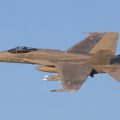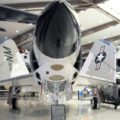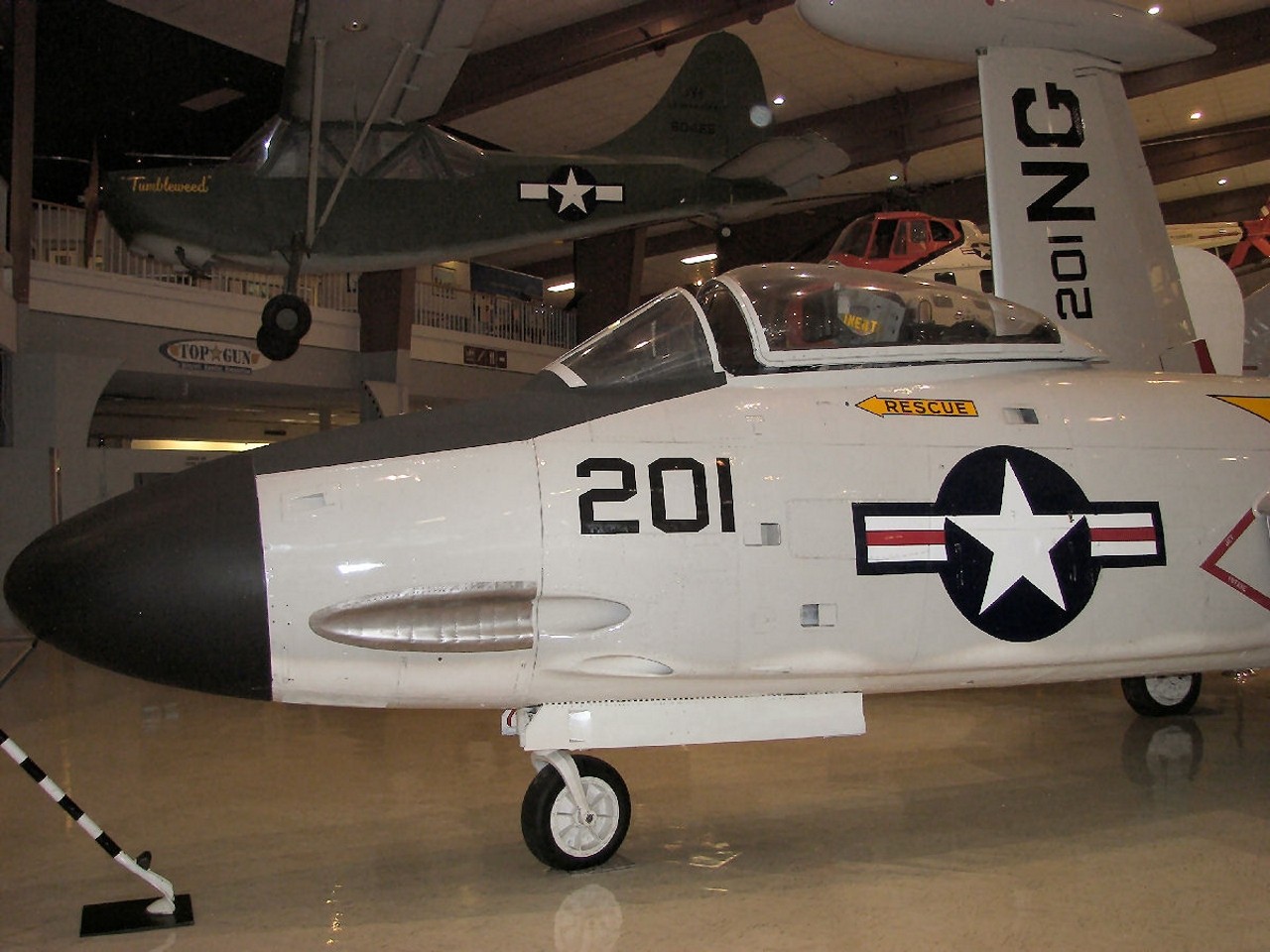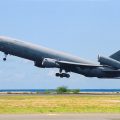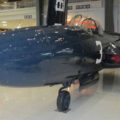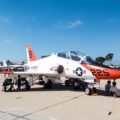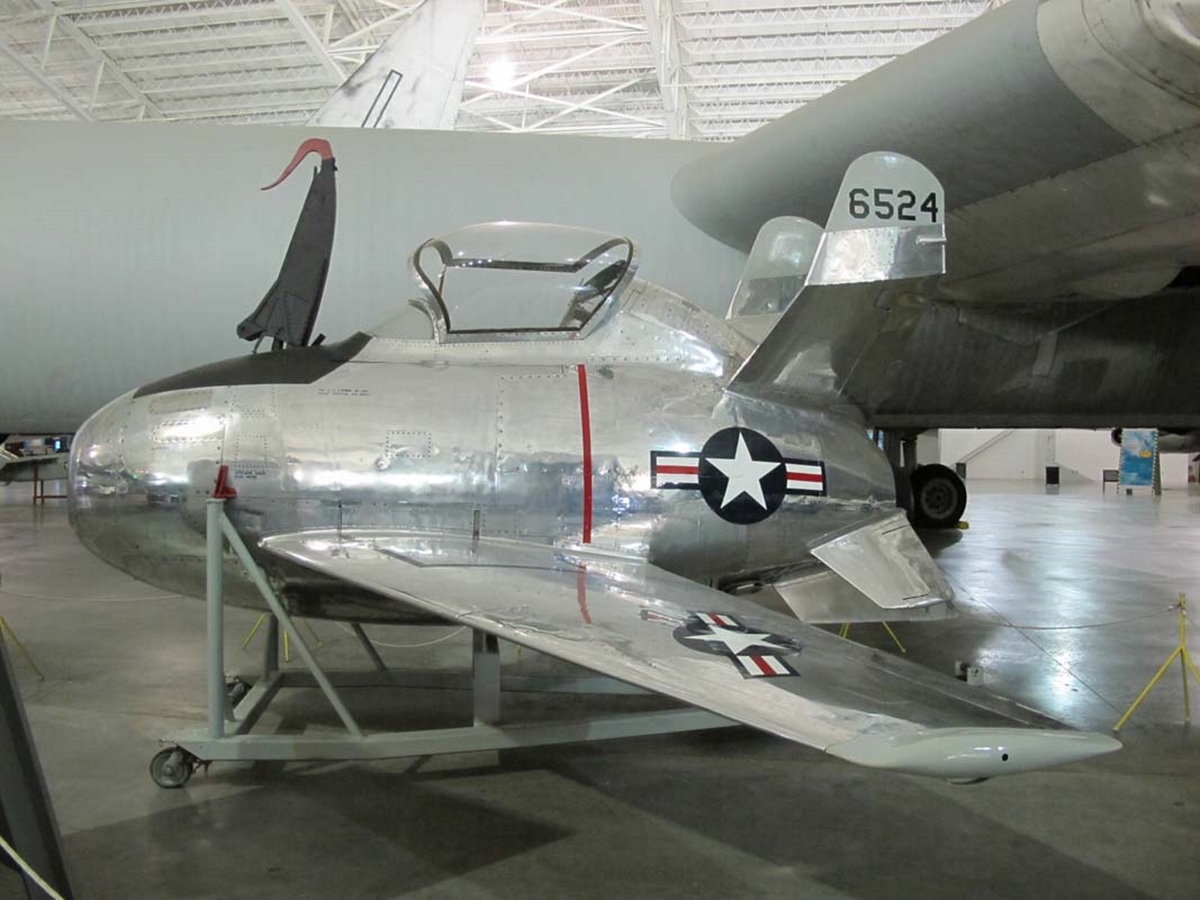
McDonnell XF-85 Goblin | |
|---|---|
| País | E.e.u.u |
| Papel | Prototipo de avión interceptor |
| Primer vuelo | 9 de mayo de 1949 |
| Construido | 2 |
el McDonnell XF-85 Duende es un prototipo de avión de combate estadounidense concebido durante la Segunda Guerra Mundial por McDonnell Aircraft. Estaba destinado a desplegarse desde la bahía de bombas del bombardero gigante Convair B-36 como un caza parásito. El papel previsto del XF-85 era defender a los bombarderos de los aviones interceptores hostiles, una necesidad demostrada durante la Segunda Guerra Mundial. McDonnell construyó dos prototipos antes de que la Fuerza Aérea (USAAF) terminara el programa.
| McDonnell XF-85 Goblin Camina alrededor | |
|---|---|
| Fotógrafos | John Heck, Vladimir Yakubov |
| Localización | Museo Estratégico del Aire y el Espacio, Ashland |
| Fotos | 76 |
| McDonnell XF-85 Goblin Camina alrededor | |
|---|---|
| Fotógrafos | John Heck, Vladimir Yakubov |
| Localización | Museo Nacional de la USAF, Dayton |
| Fotos | 96 |
Kits relacionados:
Encuentra kits en eBay:
Ver también:
el McDonnell XF-85 Duende was an experimental fighter aircraft designed by the McDonnell Aircraft Corporation in the late 1940s. It was intended to be deployed from the bomb bay of a B-36 Peacemaker bomber as a parasite fighter to defend the bomber from enemy interceptors. The Goblin had a small, egg-shaped fuselage with a bubble canopy, short wings with wingtip stabilizers, and a single turbojet engine. The aircraft was equipped with four 0.50 in (12.7 mm) machine guns and could carry two 1,000 lb (454 kg) bombs or rockets under its wings. The Goblin was attached to a trapeze mechanism inside the bomb bay of the B-36 and lowered or raised by a hydraulic system. The pilot had to manually dock and undock the fighter from the trapeze, which required precise flying skills and good visibility.
el Goblin was tested in 1948 and 1949, but it faced many technical and operational challenges. The aircraft had poor performance and stability, limited range and endurance, and no landing gear. The docking procedure was difficult and dangerous, especially in bad weather or under enemy fire. The concept of parasite fighters was also becoming obsolete as jet fighters improved their speed and range. The Goblin program was cancelled in 1949 after only two prototypes were built and seven flights were made. The Goblin remains one of the most unusual and ambitious aircraft designs in aviation history.
Vistas : 1995




